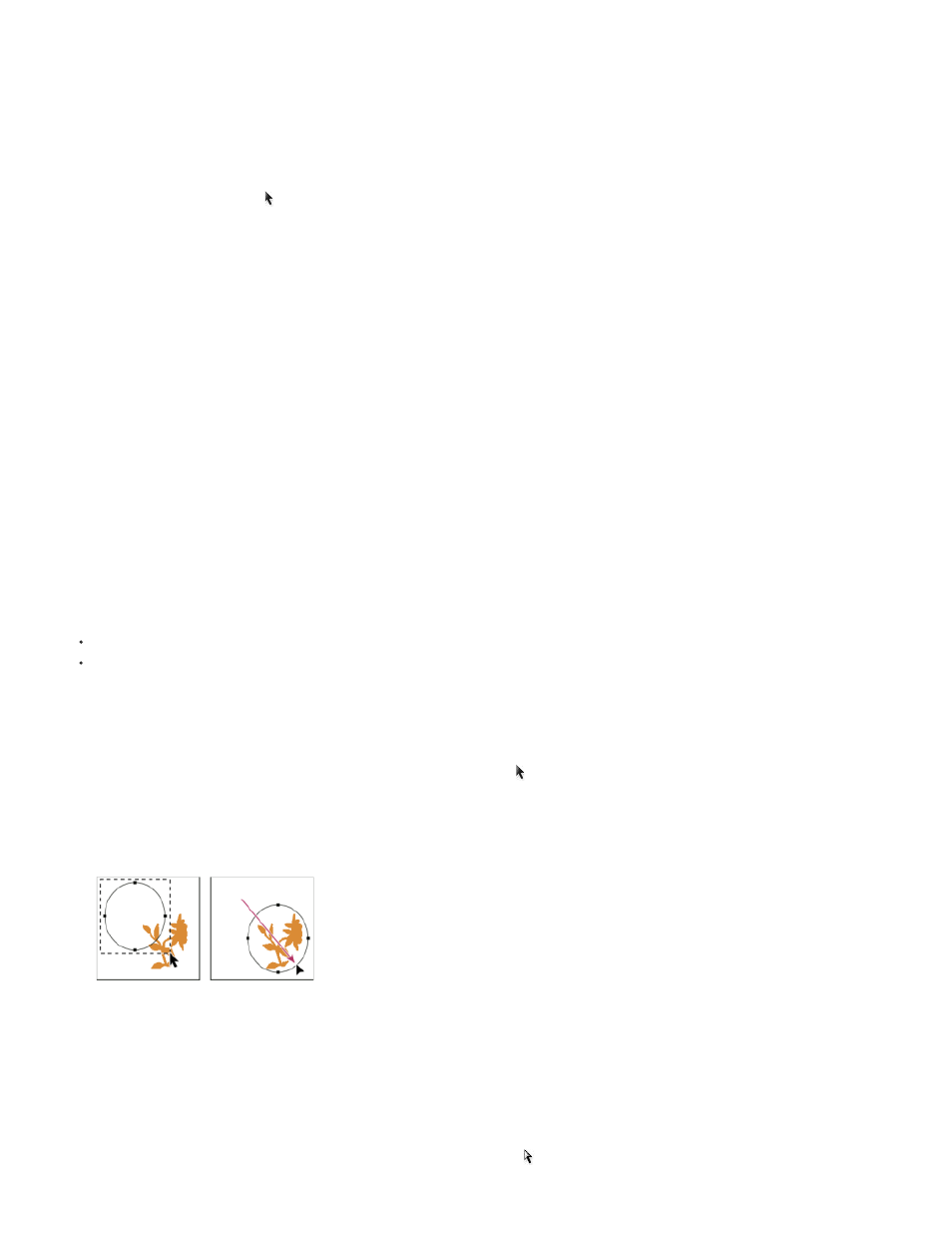Adobe Photoshop CC 2014 v.14.xx User Manual
Page 649

Combine Shapes (CC, CS6) or Add To Shape Area (CS5)
Subtract From Shape Area
Intersect Shape Areas
Exclude Overlapping Shape Areas
Note:
objects, whether they are described by a saved path, work path, or vector mask, can be moved, reshaped, copied, or deleted.
You can also use the Copy and Paste commands to duplicate vector objects between a Photoshop image and an image in another application,
such as Adobe Illustrator.
Change the overlap mode for the selected path component
1. Using the Path Selection tool , drag a marquee to select existing path areas.
2. In Photoshop CC and CS6, choose a shape area option from the Path Operations drop-down menu in the options bar, or in CS5, choose a
shape area option in the options bar:
Adds the path area to overlapping path areas.
Removes the path area from overlapping path areas.
Restricts the area to the intersection of the selected path area and overlapping path areas.
Excludes the overlap area.
Show or hide the selected path component
Do one of the following:
Choose View > Show > Target Path.
Choose View > Extras. This command also shows or hides a grid, guides, selection edges, annotations, and slices.
Move a path or path component
1. Select the path name in the Paths panel, and use the Path Selection tool to select the path in the image. To select multiple path
components, Shift-click each additional path component to add it to the selection.
2. Drag the path to its new location. If you move any part of a path beyond the canvas boundaries, the hidden part of the path is still available.
Dragging a path to a new location
If you drag a path so that the move pointer is over another open image, the path is copied to that image.
Reshape a path component
1. Select the path name in the Paths panel, and use the Direct Selection tool to select an anchor point in the path.
642
